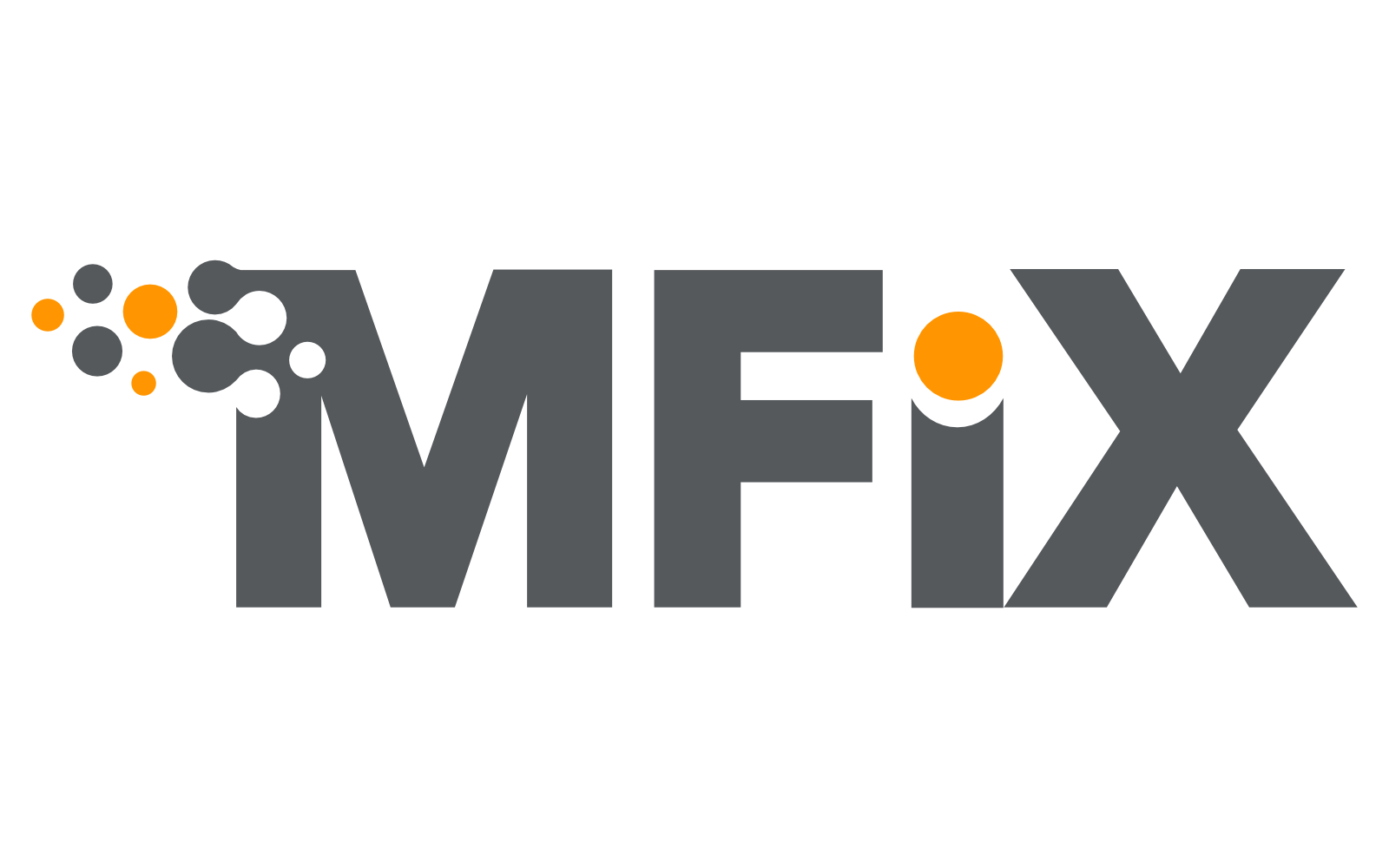Dear MFIX user,
We are pleased to announce the release of the new version of MFIX (MFIX2014-1). Please visithttps://mfix.netl.doe.gov/members/download.php to download the latest version. Please see the release notes below that highlight the changes from the previous version.
Please send any software related questions to mf*******@***********oe.gov or administrative questions toad***@***********oe.gov.
Regards,
MFIX Development Team
Changes from MFIX2013-2 (Date: 09/18/2013) to MFIX2014-1 (Date: 10/01/2014)
Some feature improvements are fairly aggressive and required major changes to the code. As a result, backward compatibility is not guaranteed for either input or restart files. Please contact the development team through the mailing list (See User Guide [1]) if you have difficulties running a previous model with the new release.
New features added:
- Variable solids density
- The material density of a solids phase changes as a result of chemical reactions (changing species composition) with the assumption that the solids volume fraction remains constant.
- DEM Complex boundaries
- The DEM/Cartesian cut-cell implementation was updated such that boundaries (walls) can be defined through STL files. This change allows for greater geometry complexity with better particle-wall collision detection.
Changes in existing features:
- DEM code refactoring for better performance gave a 4x speedup compared to the Release 2013-2 (for tutorials/FluidBed_DES with 38,400 particles running in serial.)
- DEM particle configuration is based on initial condition settings (e.g., IC_EP_s).
- Cartesian grid cut-cell re-indexing method was implemented to re-order cells when a large number of inactive cells are generated. This provides a more efficient way of looping through computational cells which can substantially speedup the code execution for complex geometries.
- The make_mfix build script was completely overhauled.
- Build script was split into several files/scripts.
- Build settings can be passed as build arguments.
- Parallel-make build support.
- Automatic Makefile generation at build time for dependency detection.
- Each supported system and compiler has its own settings file allowing for easier modification and maintenance.
- Improved checks for user input
- Checks on solids model specifications are restricted to the solids model type so that unnecessary data is no longer needed. This improvement applies mainly to DEM and PIC solids models.
- Error messages are consistently managed based on user input settings. If FULL_LOG is specified, error messages are written the LOG file and sent to std-out. Otherwise, error messages are only written to the LOG file.
Documentation:
- Updated documents
- Readme file renamed to MFIX User Guide [1]
Community Involvement:
- Improved center-line treatment for cylindrical coordinate systems. Bakshi, A., Altantzis, C., Ghoniem, A.F. (2014). "Towards accurate three-dimensional simulation of dense multi-phase flows using cylindrical coordinates," Powder Technology, 264:242-255.
- A shape dependent particle-fluid drag coefficient was used to create a tutorial for the new user defined drag functions (see mfix/tutorials/usr_drag).
- Dioguardi, F., Dellino, P., Mele, D. (2014). "Integration of a new shape-dependent particle-fluid drag coefficient law in the multiphase Eulerian-Lagrangian code MFIX-DEM," Powder Technology, 260:68-77.
Project Metrics:
- Change from 2013-2 Release:
- 46 files and about 6,000 lines of code were added (net count)
- 2014-1 Total count:
- Files: 572
- Lines: 211,825
- Blank Lines: 32,272
- Code Lines: 120,990
- Comment Lines: 62,139
- Statements: 87,625
References:


